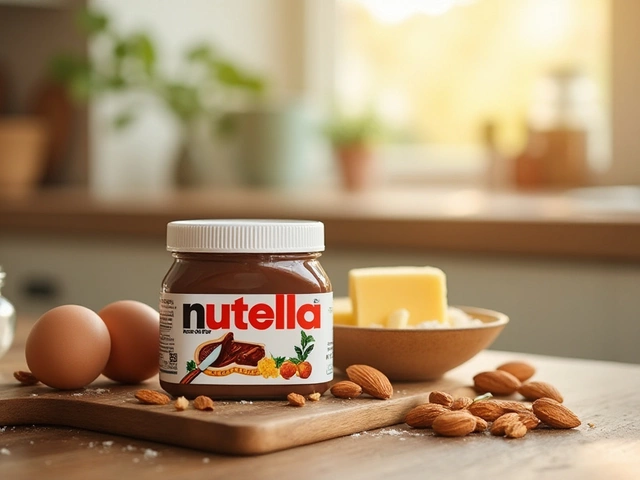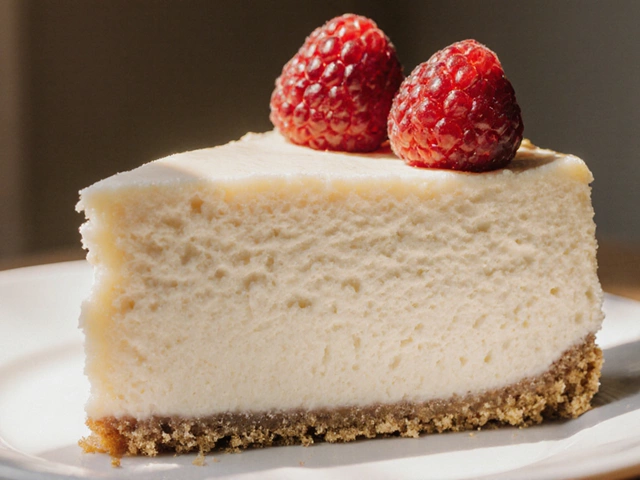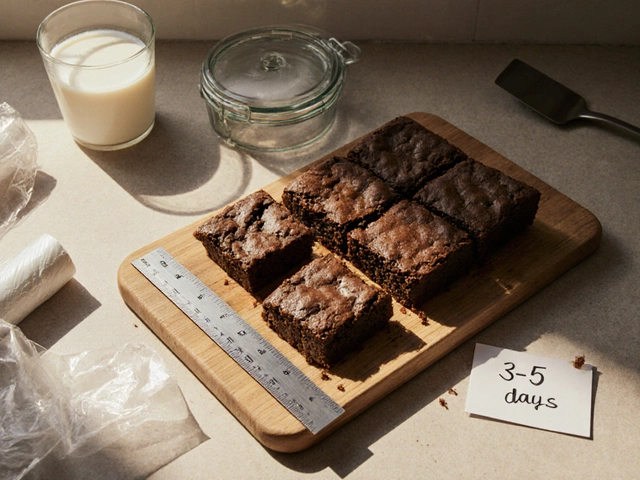Jelly Sweets: Easy Recipes, Tips, and Sweet Ideas
If you love the wobble of a gummy bear or the shine of a fruit‑flavored candy, you’ve probably tasted jelly sweets before. The good news? You can make them at home with just a few pantry staples. No fancy equipment, no sugar‑sprinkling factories—just a pot, a mold, and a little patience.
Making Classic Jelly Sweets at Home
Start with the basics: fruit juice, sugar, and gelatin. Mix one cup of 100% juice with half a cup of sugar in a saucepan. Heat gently until the sugar dissolves—no boil needed. Sprinkle a tablespoon of powdered gelatin over the warm liquid, whisk it for a minute, then let it sit for two minutes to bloom. Warm the mix just enough to melt the gelatin, then pour it into silicone molds or an ice‑cube tray.
Give the molds a quick chill in the fridge for about an hour. Once set, pop them out and roll them in a little extra sugar or cornstarch if you like a non‑sticky finish. Store in an airtight container; they’ll stay chewy for a week.
Creative Twists on Jelly Sweets
Once you’ve mastered the plain version, experiment with flavors and add‑ins. Swap regular juice for a mix of pineapple and mango for a tropical punch, or add a splash of lemon zest for a zingy edge. For a burst of texture, toss in chopped dried fruit, toasted nuts, or even a few chocolate chips right before the mixture sets.
Want a layered look? Pour a thin layer of one flavor, chill until firm, then add a second color on top. The result is a eye‑catching candy that tastes as good as it looks. You can also use flavored gelatin packets instead of plain gelatin—just reduce the added sugar to keep the sweetness balanced.
For a veggie‑friendly version, replace the juice with pureed carrots, beetroot, or spinach. The natural colors make the sweets bright and fun, and the added nutrients are a nice bonus for kids who claim they don’t eat their veggies.
When you’re ready to share, pack the jelly sweets in small paper bags tied with twine. They make a cheap but impressive party favor, and the homemade label adds a personal touch that store‑bought candy can’t match.
Remember, the key to perfect jelly sweets is temperature control. Too hot, and the gelatin breaks down; too cold, and it won’t set properly. A quick test—dip a spoon into the mixture; if it coats the spoon without running, you’re good to go.
Finally, keep a few tricks in mind: a pinch of citric acid sharpens the flavor, while a drop of vanilla extract adds depth. If you want a glossy finish, brush the finished sweets with a thin glaze made from melted glucose syrup.
Jelly sweets are a playground for creativity, and the best part is you can tailor them to any occasion—birthday parties, holiday treats, or just a midday snack. Grab a pot, pick your favorite flavors, and start wobbling your way to delicious homemade candy today.

Are Jelly Sweets Vegan? What Every Sweet Tooth Needs to Know
Curious if vegans can eat jelly sweets? Dive into the sticky world of gelatin, plant-based alternatives, and tips for finding vegan-friendly candies.
View More




